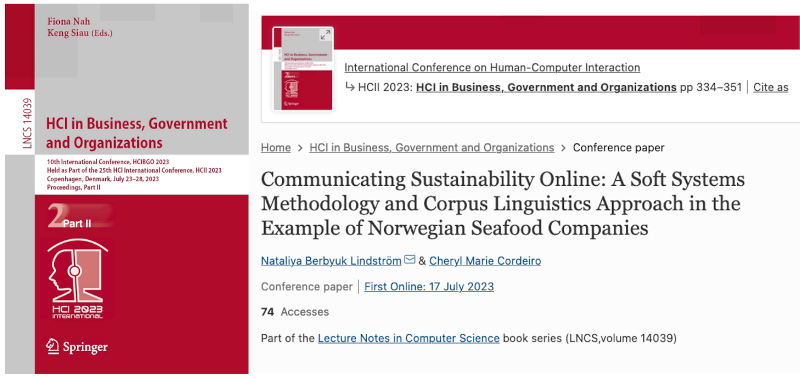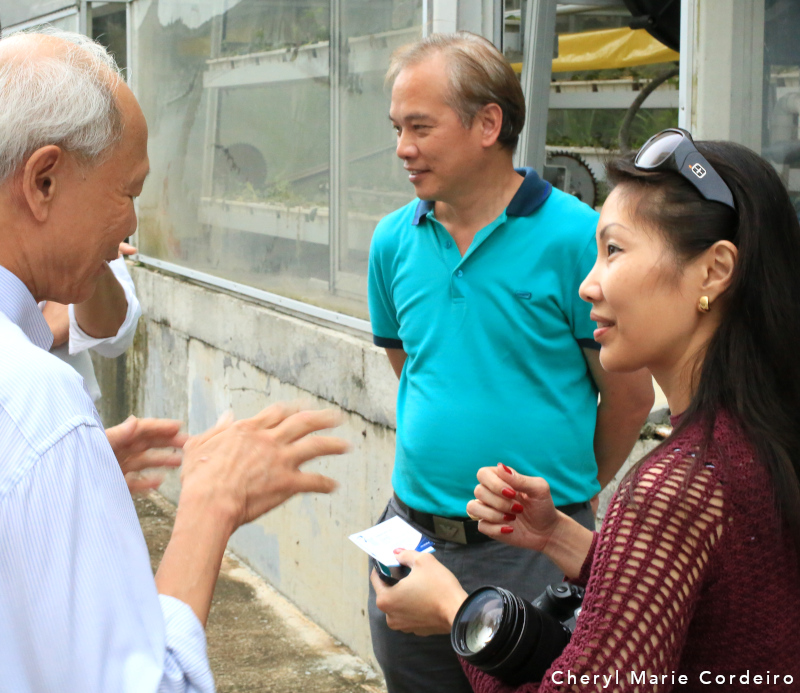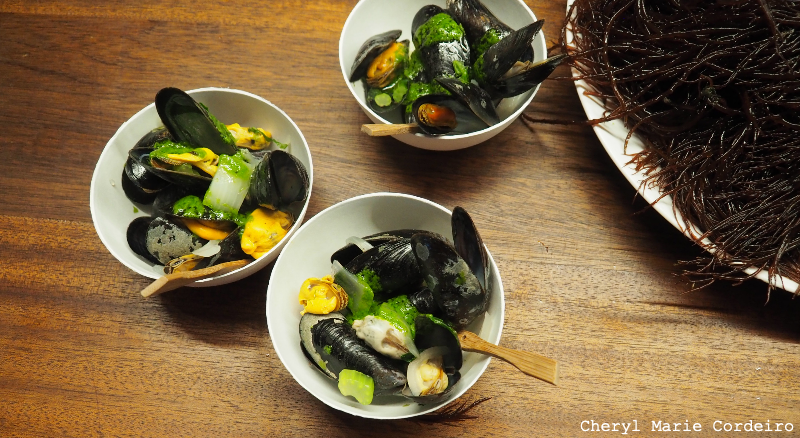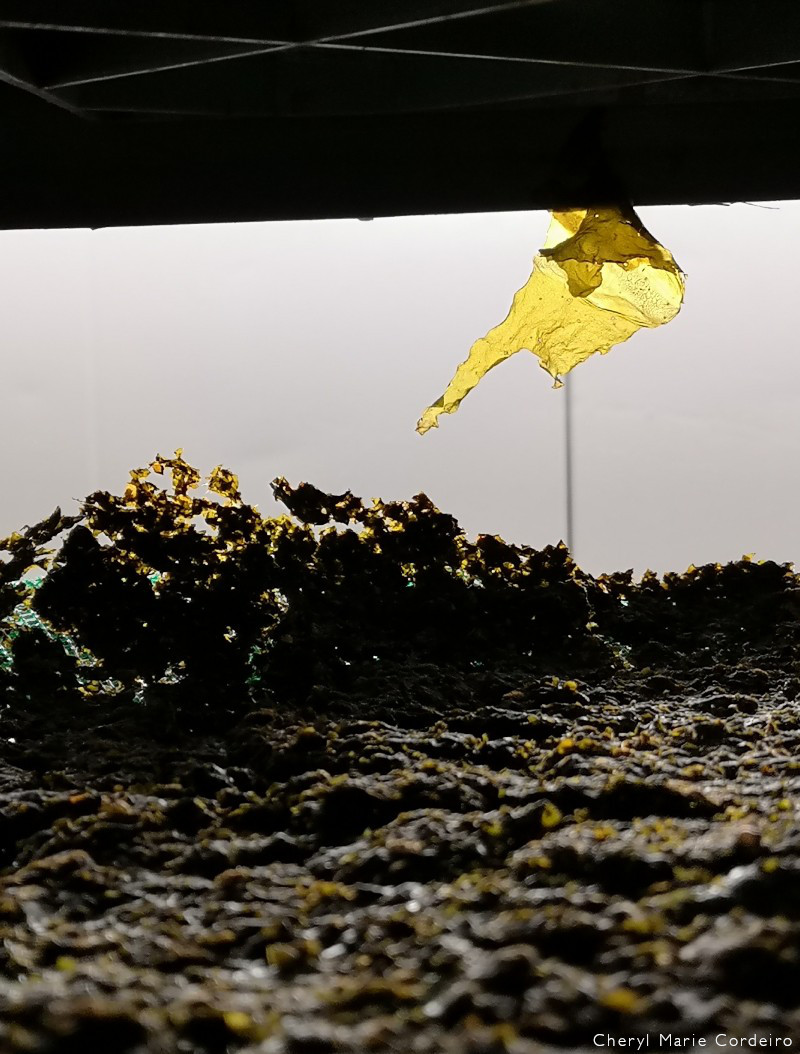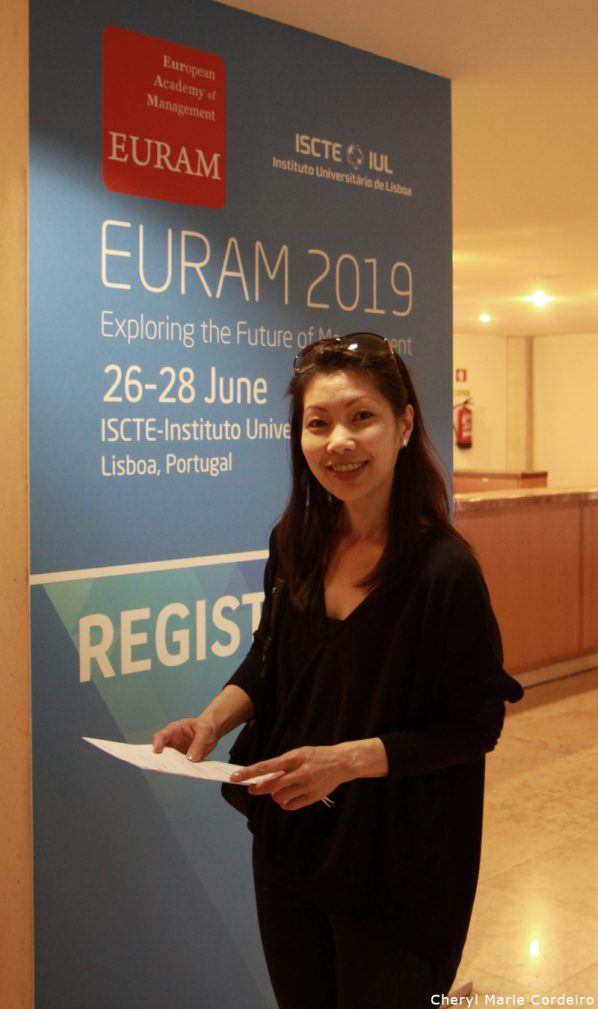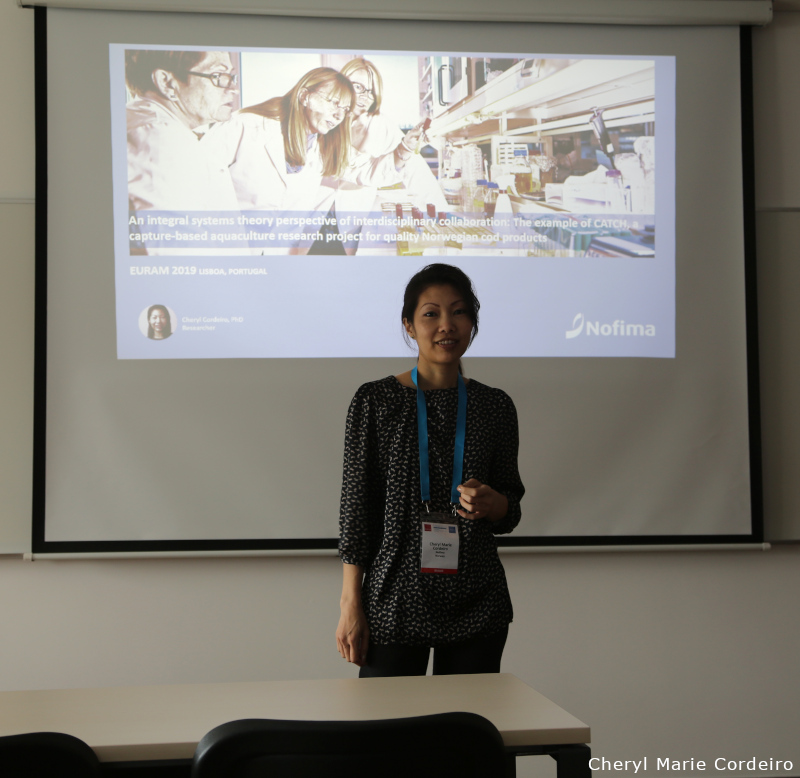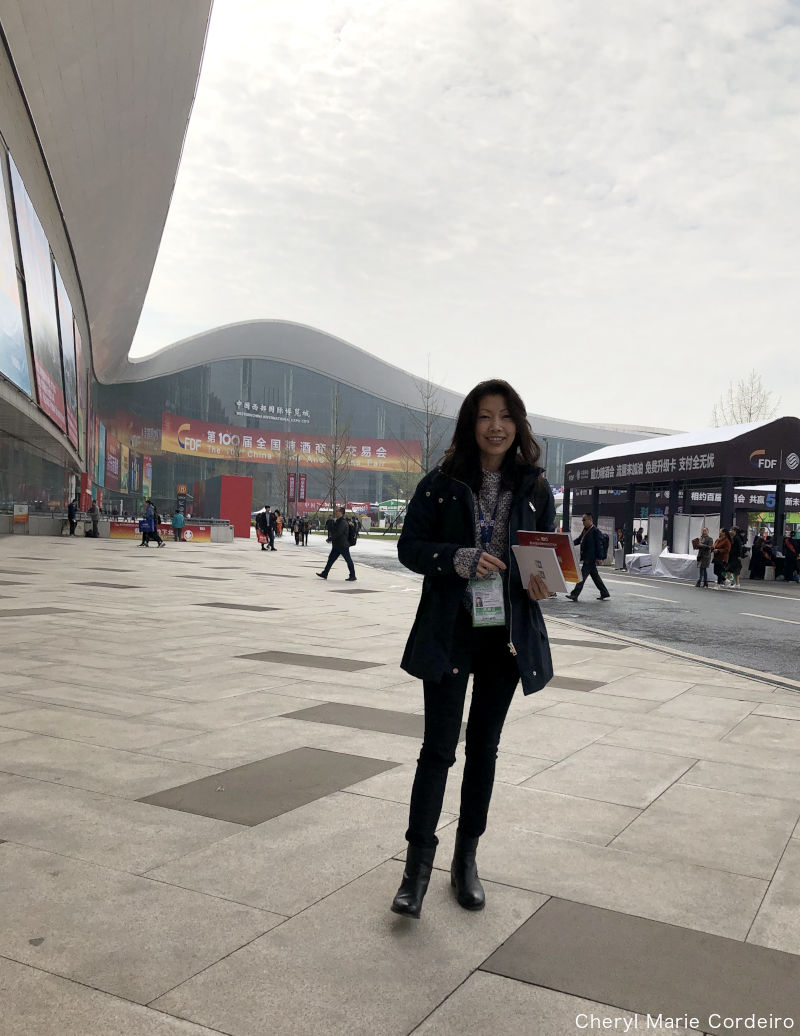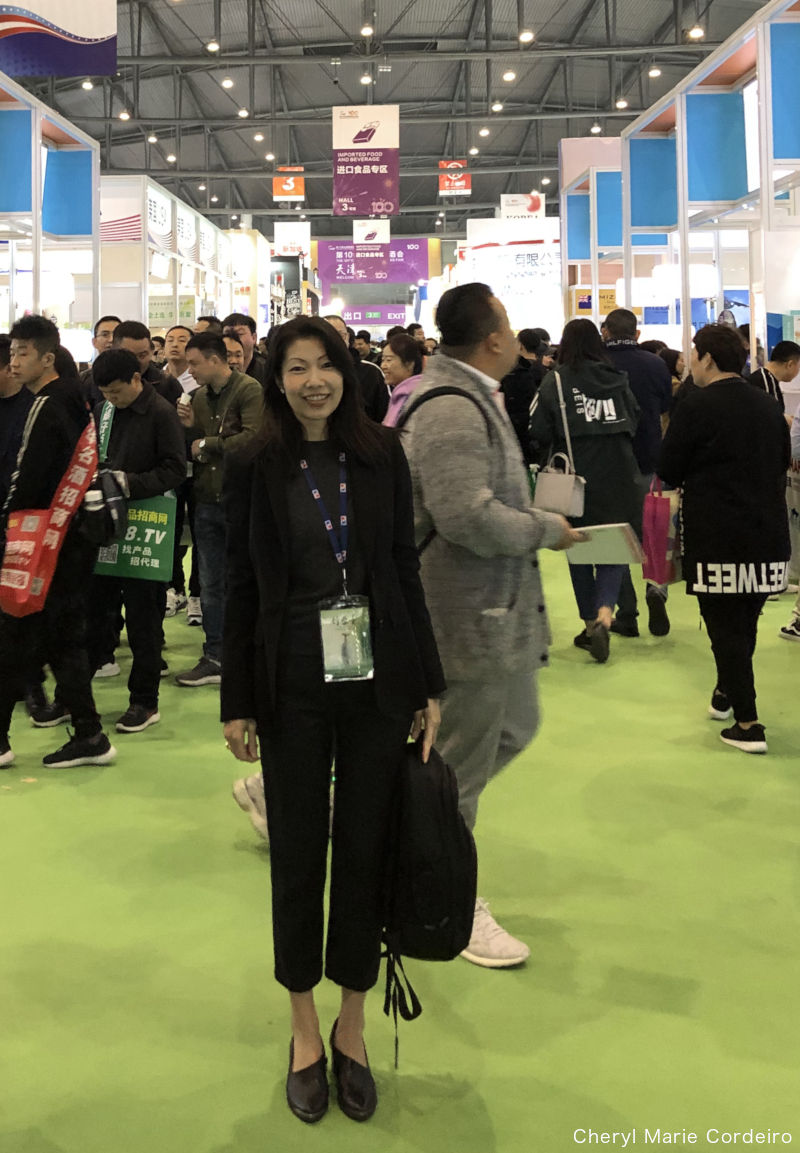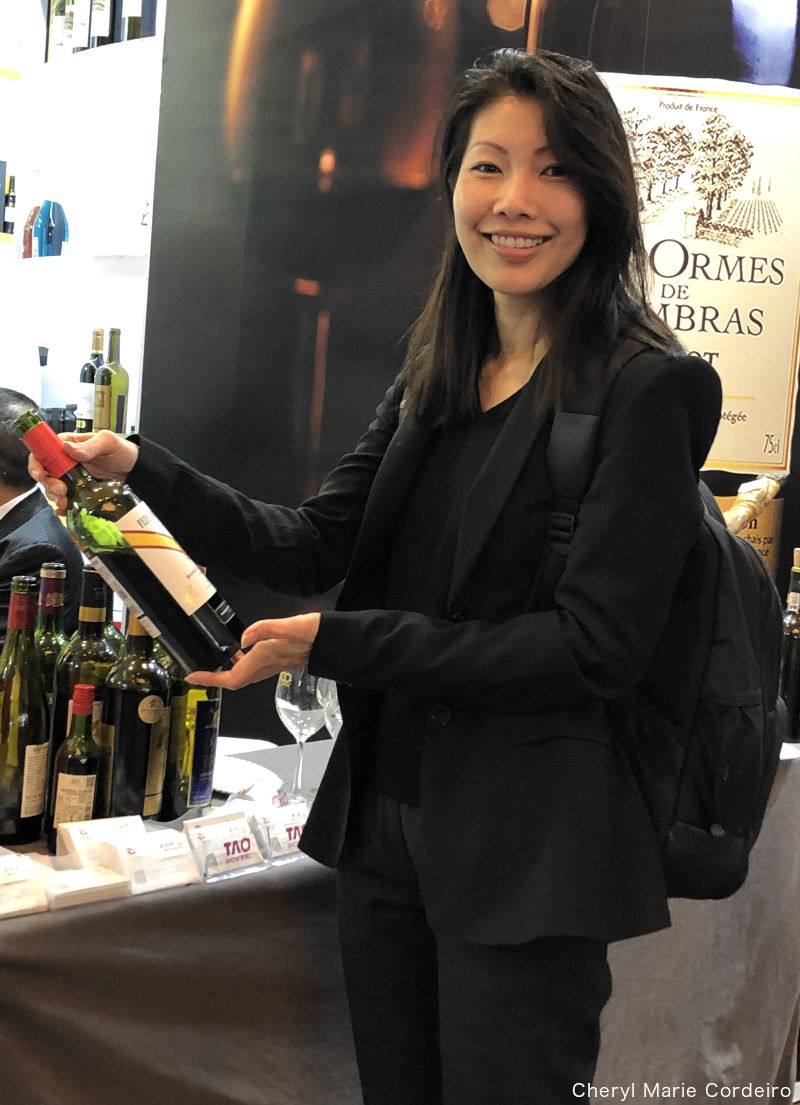Human Computer Interaction (HCI) in Business, Government and Organizations, 10th International Conference, HCIBGO 2023, Held as Part of the 25th HCI International Conference, HCI International 2023, Copenhagen, Denmark, July 23–28, 2023, Proceedings, Part II Conference proceedings 2023.
Abstract
This article presents a qualitative case study of the Norwegian seafood industry’s sustainability communication on corporate websites. The research questions focused on how sustainability is communicated, and the communication channels employed by Norwegian seafood companies. The study found that sustainability is communicated through ecological certification, awareness towards the environment and social compliance, and engagement in knowledge exchange. The study highlights the need to create standardized language and a coherent discourse for competitive advantages in ecologically value-added products and digital services. Companies can use underutilized digital resources such as podcasts and direct online sales to consumers to improve stakeholder engagement. The study suggests the direct and active involvement of consumers in designing products that consumers desire, which can increase market share for the Norwegian seafood industry. The limitations of the study are the lack of feedback from small to medium-sized companies, limiting the generalizability of the findings. The study recommends that the Norwegian seafood industry supports developing digital service resources for small and medium-sized companies to remain competitive in the long term.
Keywords
sustainability, corporate online communication, seafood, soft systems methodology, corpus linguistics
Cite as:
Lindström, N.B., Cordeiro, C.M. (2023). Communicating Sustainability Online: A Soft Systems Methodology and Corpus Linguistics Approach in the Example of Norwegian Seafood Companies. In: Nah, F., Siau, K. (eds) HCI in Business, Government and Organizations. HCII 2023. Lecture Notes in Computer Science, vol 14039. Springer, Cham. https://doi.org/10.1007/978-3-031-36049-7_25
